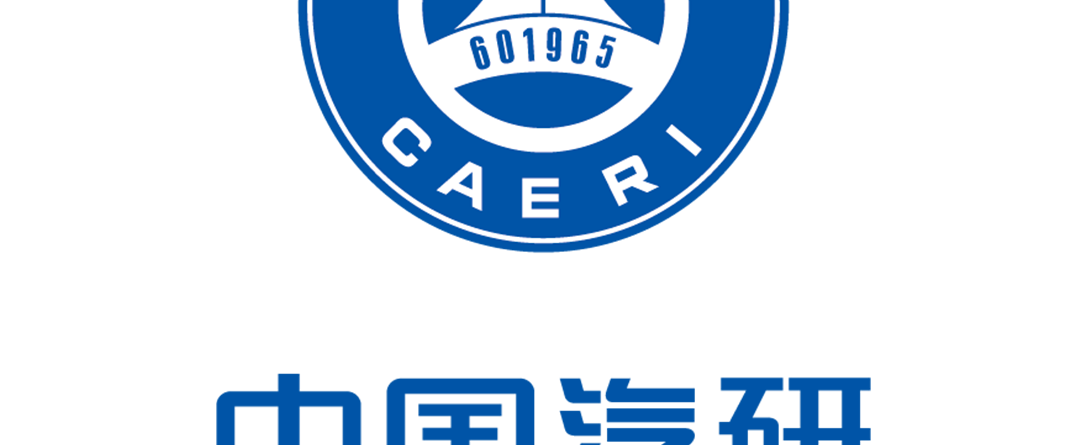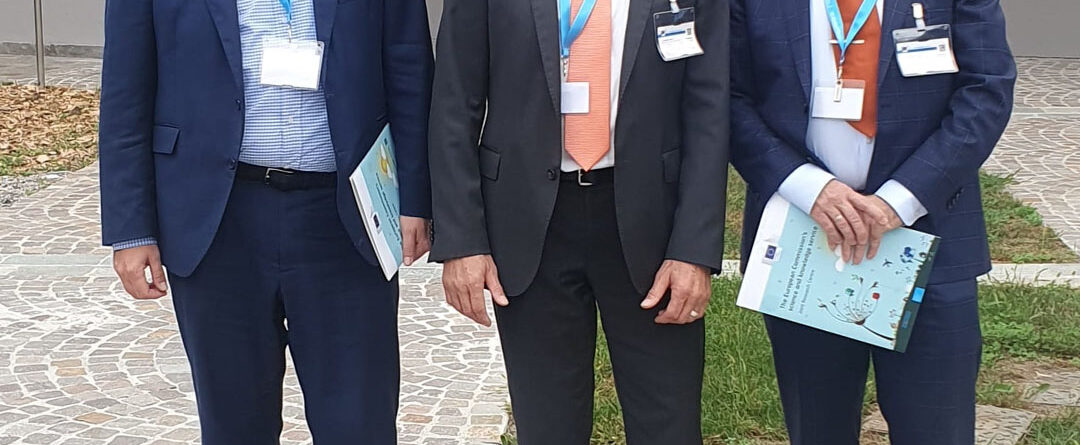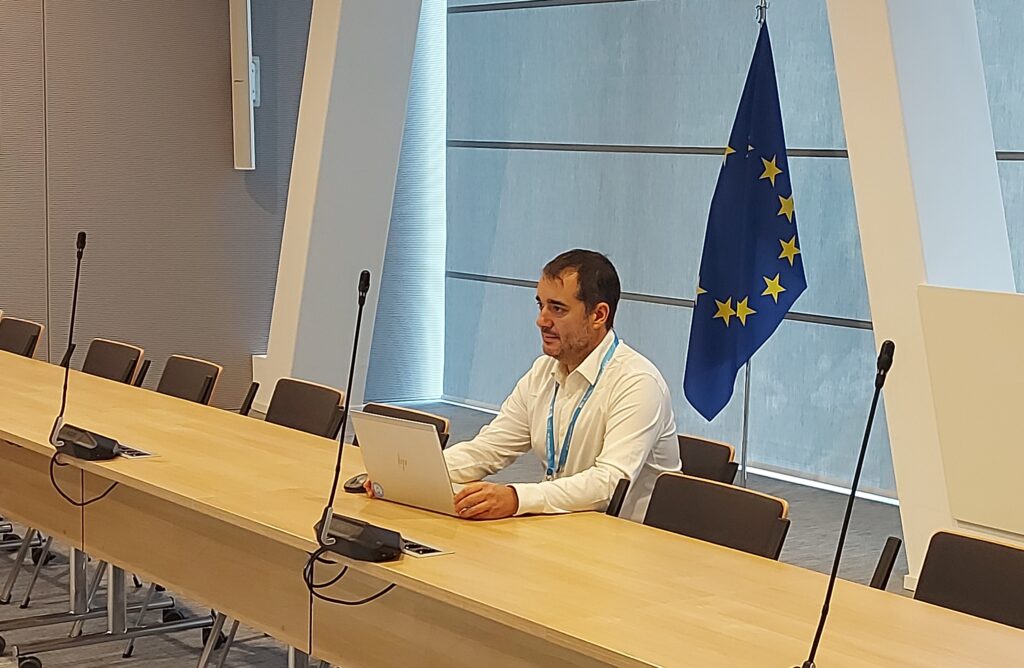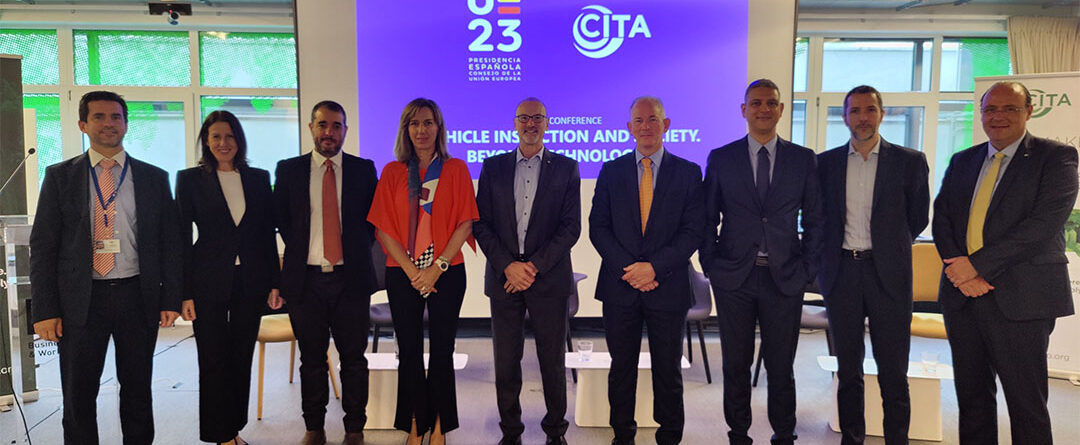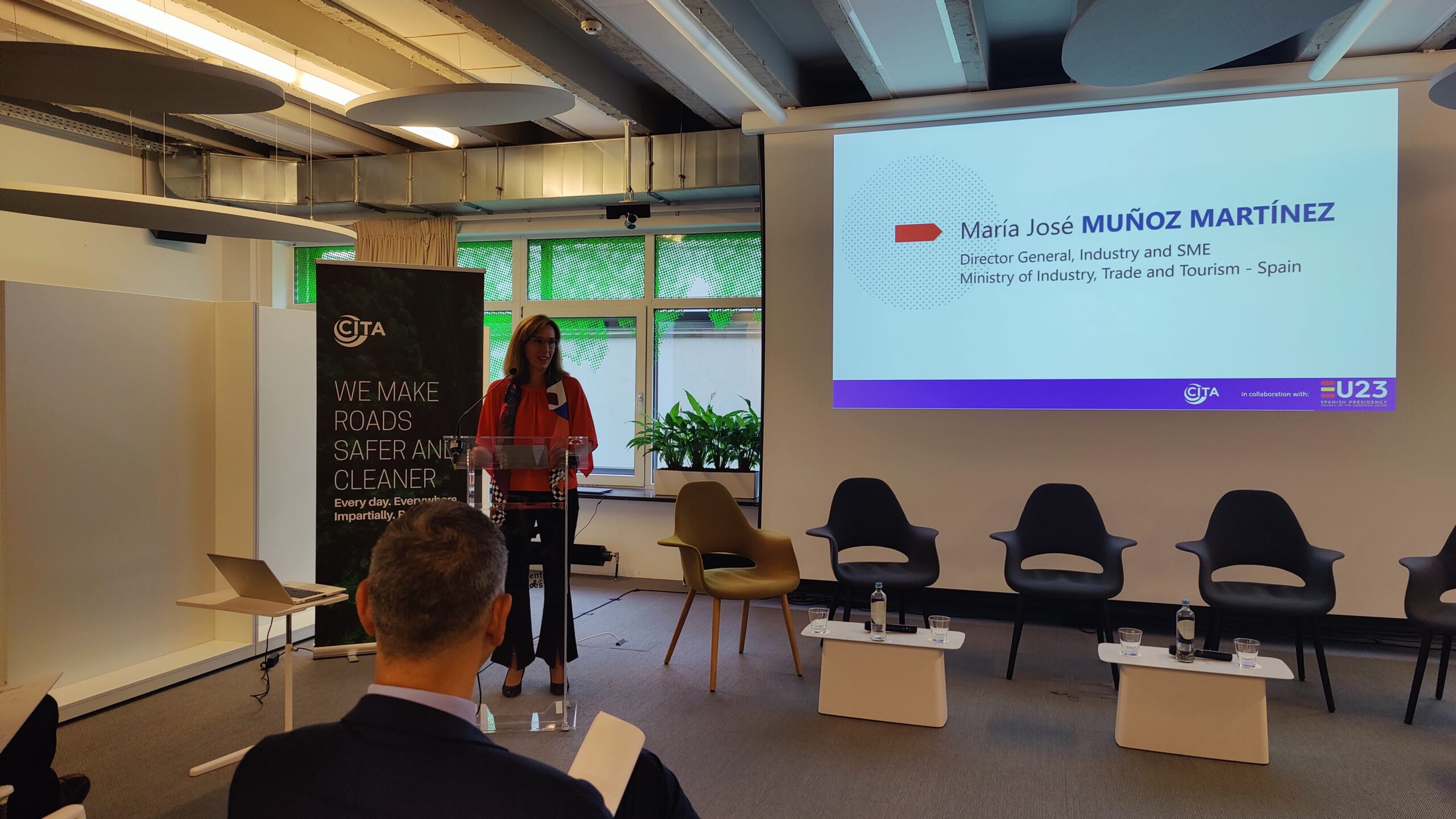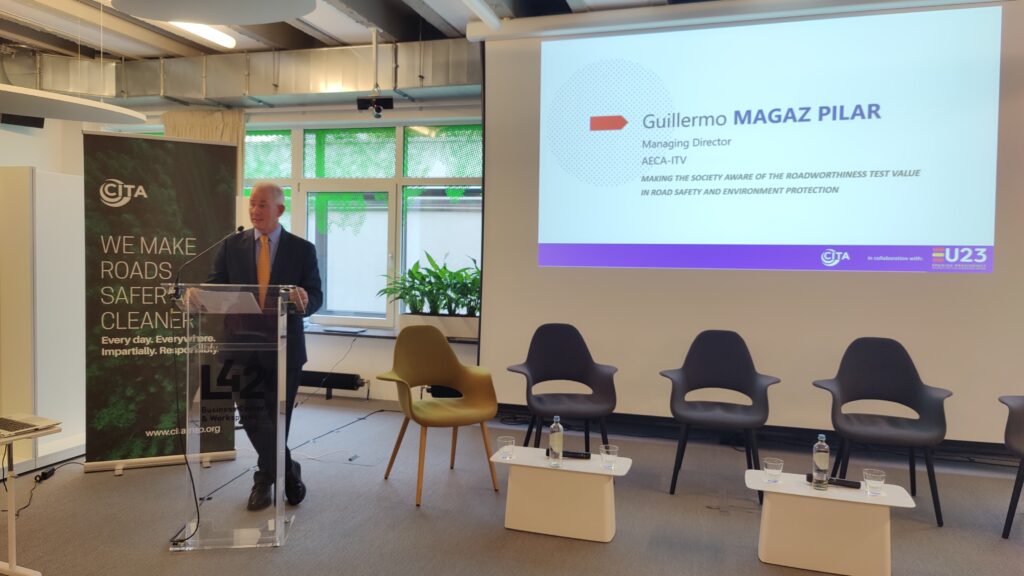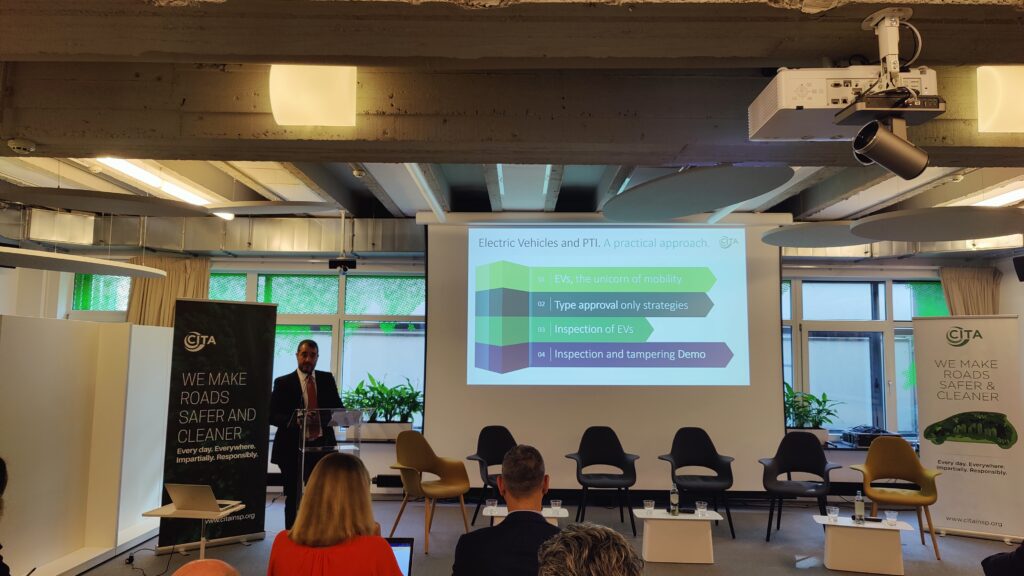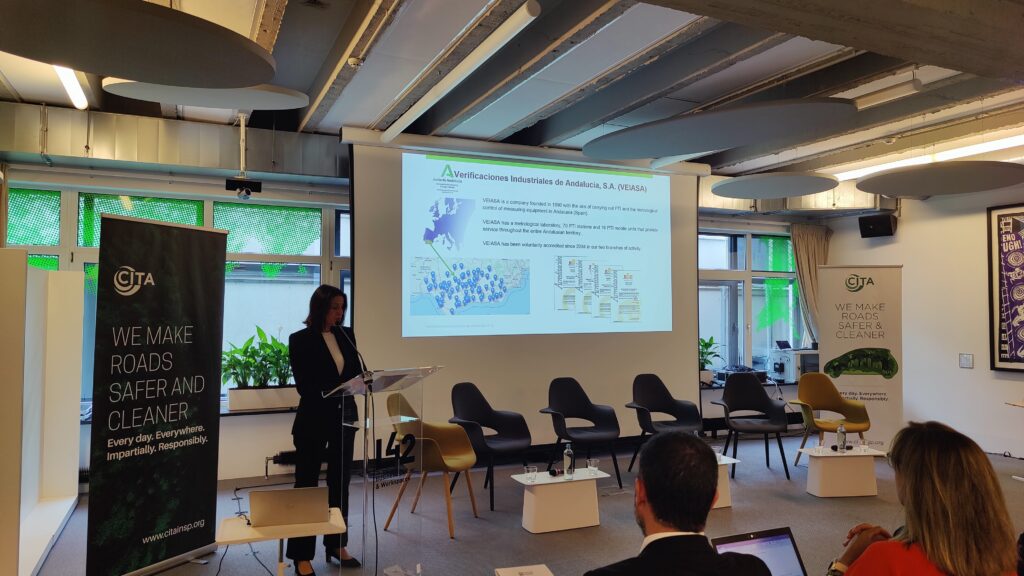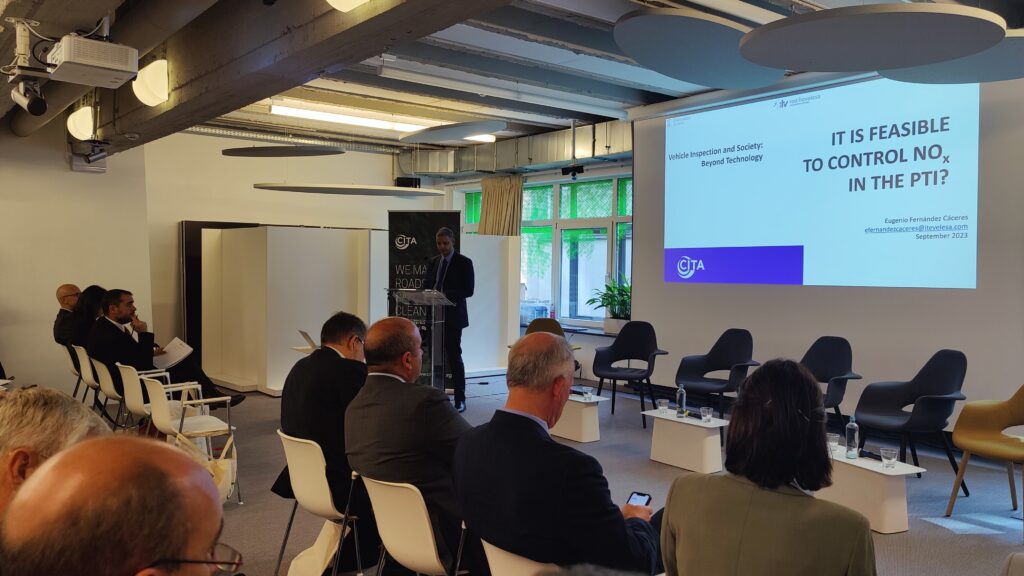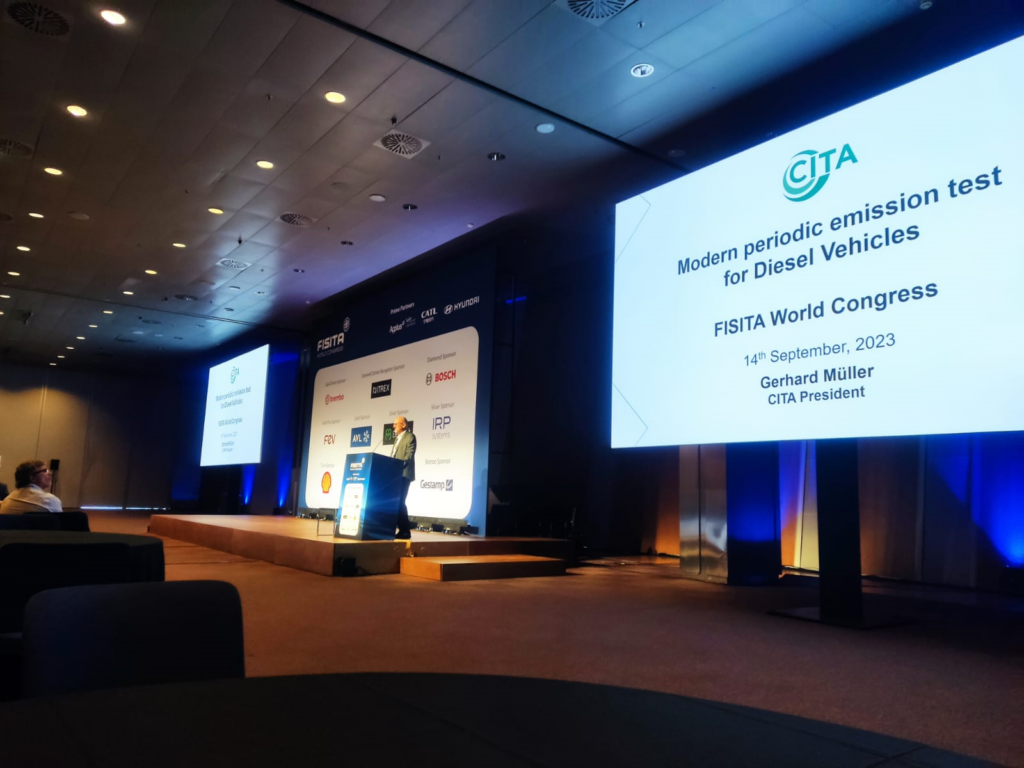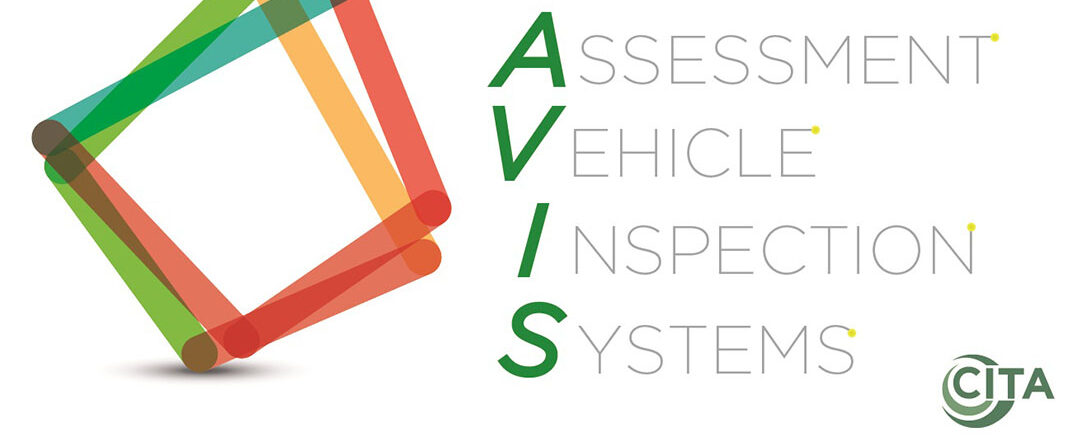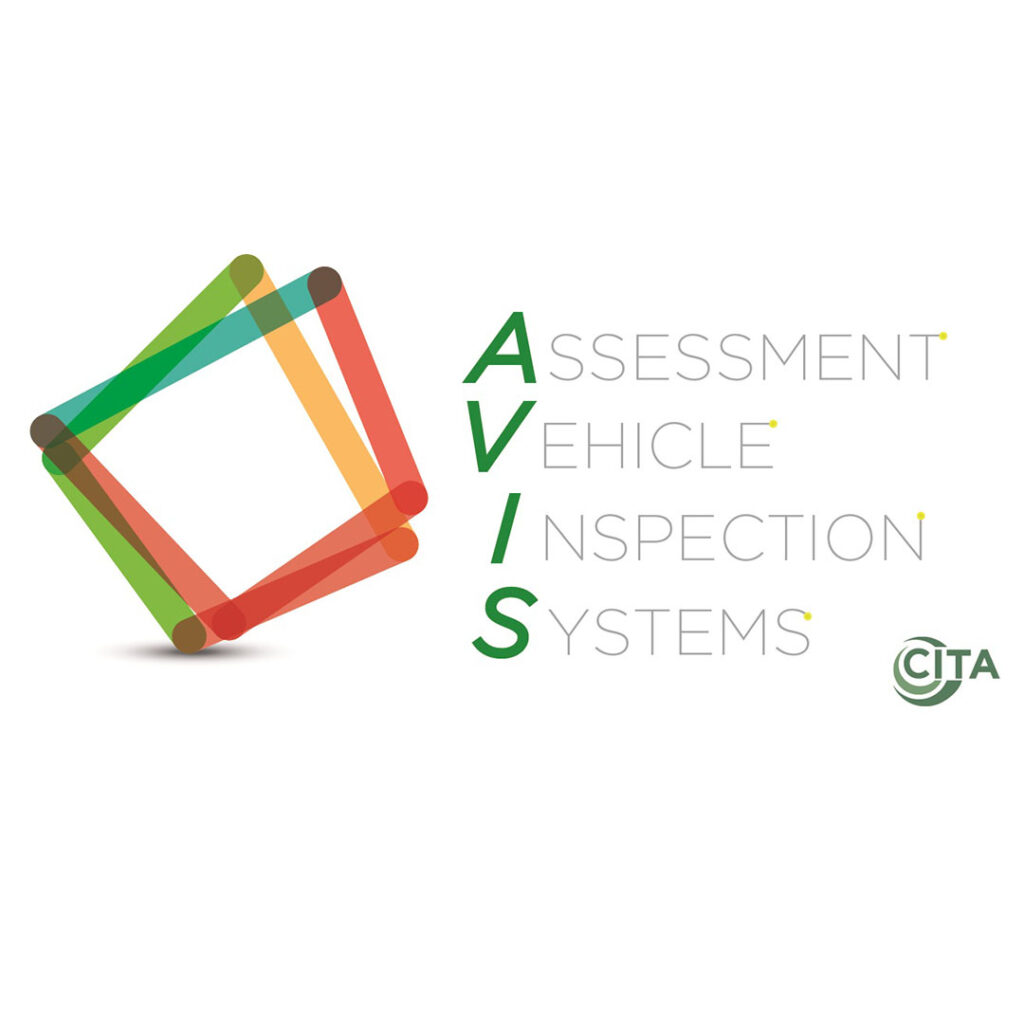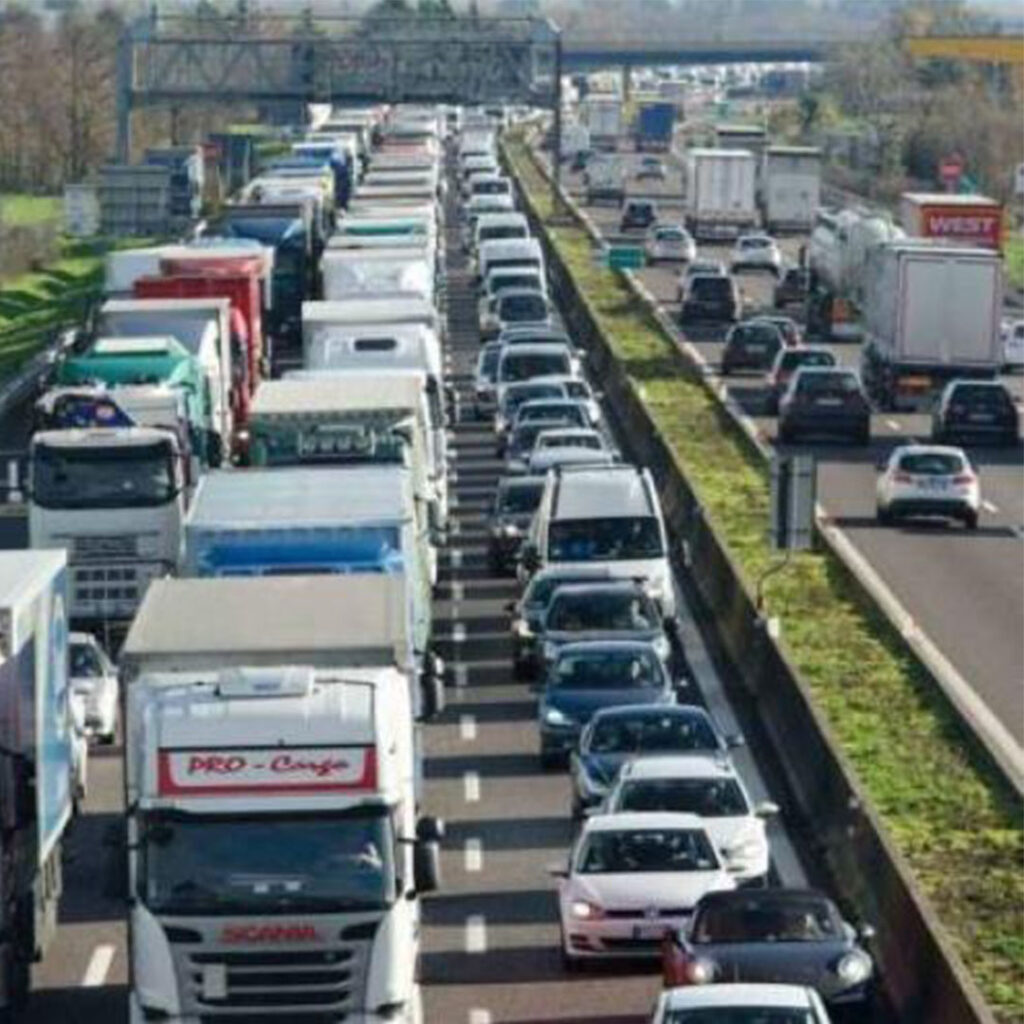The Critical Role of Motorcycle Inspections in Enhancing Road Safety & Environmental Protection
In a significant move towards bolstering road safety and environmental preservation, Flanders initiated the motorcycle inspection regime on January 1, 2023. This initiative particularly targets motorcycles above 125 cc for second-hand sales and post-accident assessments, marking a proactive step in the transposition of a European directive aimed at increasing road safety.
The European Vision for Road Safety
The European Union, through its directive, aspires to eradicate road deaths and severe injuries by 2050 — an ambitious goal encapsulated in the Vision Zero initiative. A key component in this vision is ensuring that vehicles, including motorcycles, are in optimal condition. This not only enhances road safety but also significantly contributes to environmental protection.
Scope and Impact
The 2023 statistics from Flanders reveal a considerable uptake in motorcycle inspections. According to the data, there were 23,368 complete second-hand inspections, showcasing the community's commitment to safety and environmental standards. This reflects a significant engagement of the motorcycle community in adhering to safety norms. These inspections are not universally mandatory for all motorcycles but are specifically required for:
- Motorcycles, tricycles, and quadricycles with internal combustion engines exceeding 125 cc displacement.
- Electric or hybrid motorcycles with a power output greater than 11 kilowatts and speeds surpassing 45 kilometers per hour.
The Inspection Process
Focusing on road safety, environmental impact, and consumer protection, the inspection covers several technical aspects. These include the evaluation of braking equipment, steering, lighting and reflectors, suspension, chassis, emission levels, and noise. The detailed process is outlined in the inspection manual available on the GOCA VLAANDEREN website. Additionally, the "Kijk uit" episode dedicated to motorcycle inspection provides practical insights into the process.
Conclusion
With more than two-thirds of inspection centres in Flanders participating, the initiative ensures a wide geographical spread, making inspections accessible to all. The data predicts about 30,000 pre-sale inspections and around 200 post-accident inspections annually, underscoring the program's scale and reach. As the statistics demonstrate, this initiative is a crucial stride in our collective journey towards safer roads and a cleaner environment, with over 23,000 second-hand inspections conducted in just one year.


